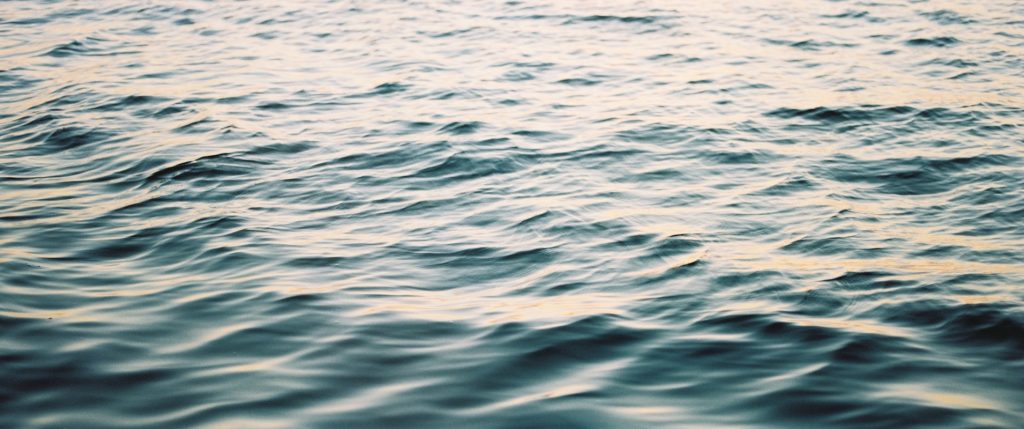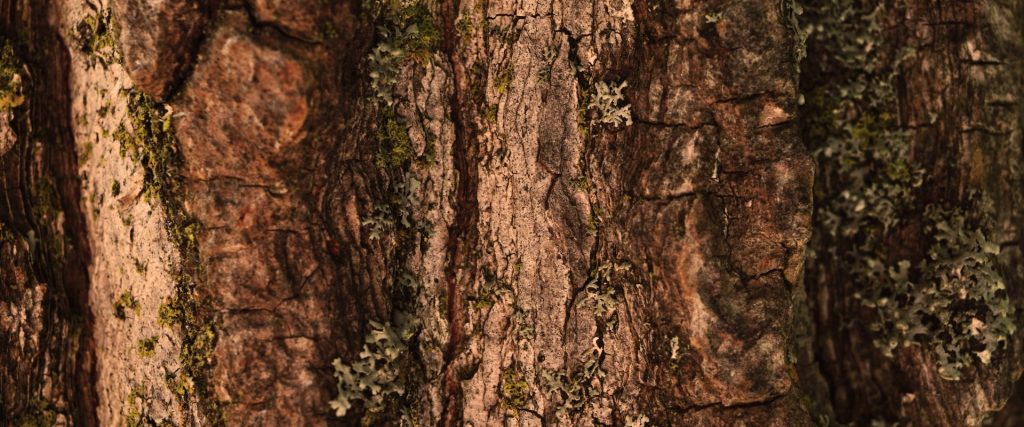Acknowledgements
This book is the result of a collaborative effort between the staff of the Office of the Vice-Provost, Innovation in Teaching and Learning and the Centre for Teaching and Learning at Concordia University, including Florence Grüter, Josephine Guan, and Ariel Harlap. Special thanks to Maki Ishida for instructional design support for the h5p activities, and to Rachel Harris for support with CTL’s authoring in Pressbooks.
Land acknowledgement
When you read these words, it is an opportunity to connect with your relationship to the land on which you are situated. This is an invitation for you to reflect on your relationship to its Indigenous and other peoples, the land, its waters, and all other living things.

I/We would like to begin by acknowledging that Concordia University is located on unceded Kanien’kehá:ka lands. The Kanien’kehá:ka Nation is recognized as the custodians of the lands and waters on which we gather today. Tiohtià:ke/Montréal is historically known as a gathering place for many First Nations. Today, it is home to a diverse population of Indigenous and other peoples. We respect the continued connections with the past, present, and future in our ongoing relationships with Indigenous and other peoples within the Montreal community.

You may discover more about Concordia’s land acknowledgement, including its history, at this webpage.
Media attribution
Waves photo by Parker Hilton on Unsplash.
Bark photo by Ross on Unsplash.
Cover photo by Inga Gezalian on Unsplash.

